Each year, major developments occur in Hawai‘i’s sustainability arena. Some actions push us forward, some don’t. Here’s a look at recent milestones across the state.
Progress: Getting Closer to Green
Answering the Call
Do well in business and do well by the ocean? Over 95 restaurants on O‘ahu, Kaua‘i, Maui, and Hawai‘i Island are proof that it’s possible, thanks in part to Surfrider’s Ocean Friendly Restaurants program. Here’s how it works: members commit to a handful of mandatory criteria, such as no polystyrene (aka Styrofoam) or plastic bags, as well as optional criteria, like water and energy conservation. An additional 100 restaurants have also pledged to be “foam-free.” Based on Hawai‘i’s success, Surfrider Foundation has made the program a national priority—and it’s now the non-profit’s fastest growing initiative.
Fresh Water Protection
In 2019, the Legislature passed a biennium budget bill for fiscal years 2020 and 2021 that provided $7.5 million per year in capital improvement project funds for watershed and native ecosystem protection, in addition to the operating base budgets for those programs. The funding is critical to our water supply, since it will go toward installing fences to keep hooved animals—like wild cattle, goats, sheep, and pigs—out of native forests, which capture rain and moisture from the air and sky and eventually flow through our faucets. The Legislature also allocated $750,000 to combat Rapid ‘Ōhi‘a Death, which as of this writing has been detected on Hawai‘i Island, Maui, Kaua‘i and O‘ahu since the fungal disease was first discovered in 2014. (To date, the more aggressive form of the disease has not been found on Maui or O‘ahu, and is limited on Kaua‘i. Both forms are found throughout Hawai‘i Island.) Since ‘Ōhi‘a is the prominent vegetation of Hawai‘i’s forests, the disease poses a major threat to fresh water in the Islands.
Follow the Statute
The Hawai‘i Supreme Court ruled in May 2019 that the Public Utilities Commission (PUC) must follow state law by explicitly analyzing the hidden costs of greenhouse gas emissions in all of its actions. The decision resolved the appeal by the non-profit Life of the Land (LOL) that challenged the PUC’s approval for a power purchase agreement between Hawai‘i Electric Light Co. and Hu Honua Bioenergy LLC that proposed to produce energy by harvesting eucalyptus and other trees from the forests of Ka‘ū, trucking them across the island and burning them at their biomass plant in Pepe‘ekeo. Attorney Lance D. Collins, representing LOL, says the ruling extends the earlier Supreme Court decision that recognizes the right to a clean and healthful environment as a protected property interest under the state constitution, and also ensures that the PUC does not ignore its legal obligations to consider the hidden costs of greenhouse gas emissions.
A New Beginning
In the 2019 nesting season, six near-threatened Laysan albatross chicks hatched at Kalaeokauna‘oa (Kahuku Point) on O‘ahu’s North Shore, a big milestone since previous nesting attempts by adults in recent years had failed. The event was years in the making, catalyzing in 2015 when The North Shore Community Land Trust (Trust) and a collaboration of Federal, State, and City governments, as well as community organizations and private individuals, were able to permanently protect the area, which encompasses 634 acres of coastal land. Since that time, the coastline has been under restoration by the Trust and numerous volunteers. Though only three chicks survived (one died from a mongoose attack, another invasive fire ants, and the last from natural causes), their hatching gives hope that a new colony will establish on O‘ahu, given that most nest in low-lying atolls in the Papahānaumokuākea Marine National Monument, where the species is vulnerable to sea-level rise.

